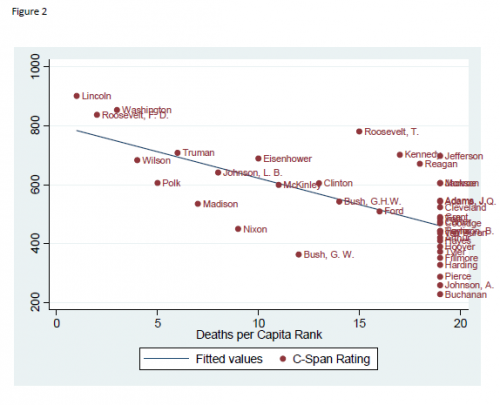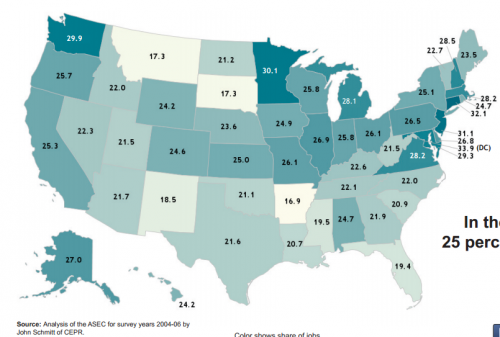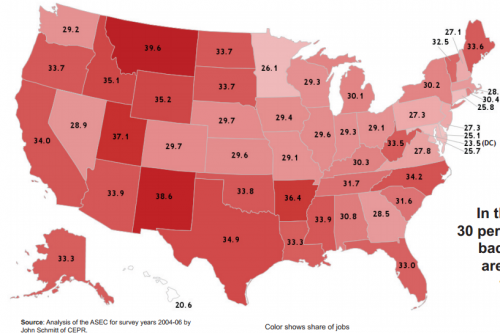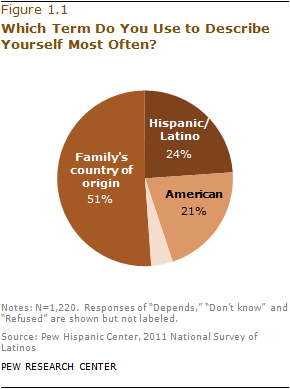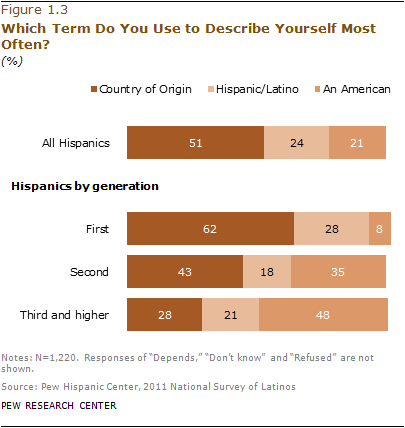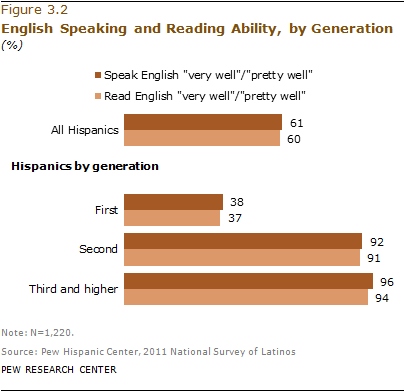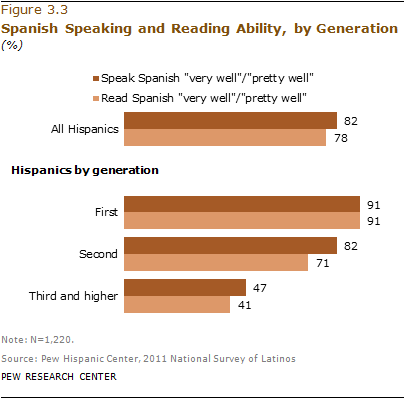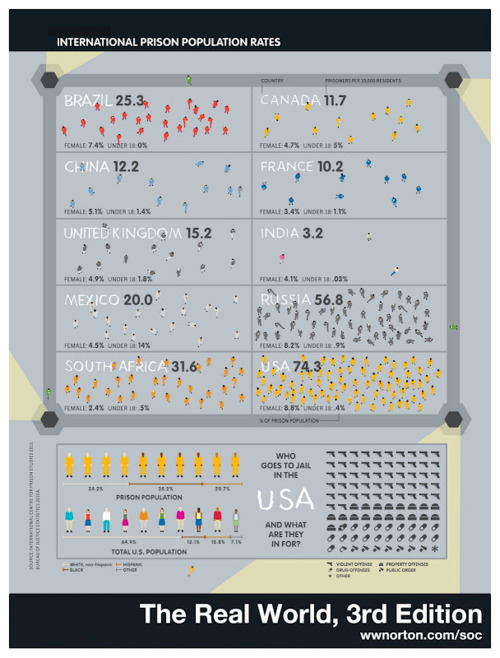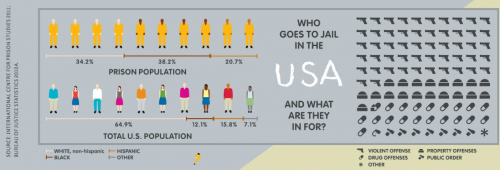The presence of vintage cars on Cuban roads is one of the most iconic consequences of the 50-year-old U.S. trade embargo on the communist country. Cubans, however, have had to preserve many other types of items that Americans routinely replace, while making do with the gradual deterioration that comes with age.
Offering another peek into this life, Ellen Silverman has been photographing Cuban kitchens. NPR describes how they capture, among other things, the “grand, but crumbling” architecture,” mismatched kitchenware, and vintage appliances:
See the photographs of Cuban kitchens and more at her webpage.
Lisa Wade, PhD is an Associate Professor at Tulane University. She is the author of American Hookup, a book about college sexual culture; a textbook about gender; and a forthcoming introductory text: Terrible Magnificent Sociology. You can follow her on Twitter and Instagram.

